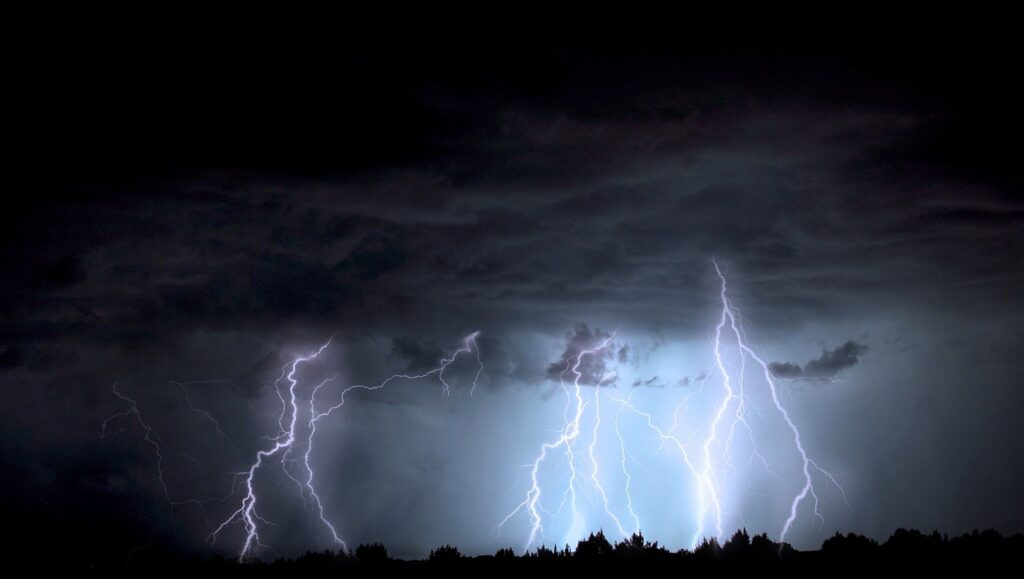The University of Wisconsin’s Cooperative Institute for Meteorological Satellite Studies (CIMSS) has used artificial intelligence (AI) to predict where the GOES-R Geostationary Lightning Mapper (GLM) will observe lightning next.
The GOES-R GLM is the first instrument of its kind in geostationary orbit and provides detailed satellite data that not only depicts current weather conditions, but also helps predict hazardous conditions in the future.
Developed as part of ProbSevere, a statistical model that predicts the probability that a storm will produce severe weather in the near-term, scientist John Cintineo trained a sophisticated machine-learning algorithm to recognize complex patterns in GOES-R Advanced Baseline Imager (ABI) imagery that often precede lightning activity detected by GLM.
The AI model reliably predicts where lightning is most likely to occur even before precipitation forms and indicates where lightning remains a threat in storms with intermittent lightning activity. It can also accurately predict lightning up to 60 minutes before the first observation of lightning flashes.
This new experimental AI application is currently being tested in real time and has the potential to significantly improve guidance for aviation and marine transportation as well as decision support services for outdoor recreational activities like sporting events, festivals and theme parks. It could even help predict when lightning may strike areas primed for lightning-ignited wildfires, such as those with an abundance of dry fuels experiencing specific weather patterns like high-pressure cells over the Western USA that contain moist, monsoon-like air masses.
Mike Pavolonis, the NOAA scientist who leads the ProbSevere project, said, “As John’s work shows, machine learning is opening the door to new satellite applications that directly address major societal challenges in ways that were not previously possible.”



